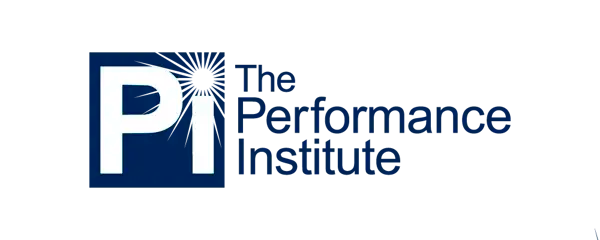Transparency Requires A Frank Examination Of The Situation
Transparency is such a simple word, however, it becomes complex when we try to apply it to different contexts, people and situations. It’s a logical statement to say more transparency is better for the government, but there's the issue: bureaucracy is so massive and complex, many employees give up in ways that make them reticent to be transparent. For example, it's hard to get rid of poor performers working in government.
Accordingly, many in government give up before they even try to address the issue. Here's what that means: suddenly the poor performance of the low-level employee has been, if you will, transmuted to that individual's superior. Think about it critically.
When 72% of government teams don't take steps to address poor employee performance, suddenly a hidden incentive against transparency develops. If you're a manager of a team that's full of "bad eggs", as the saying goes, and for years you've been sweeping it under the rug, will you be transparent about the practice when your own superior comes to check on your work? That's unlikely.
As a result, this practice of avoiding accountability management ultimately results in opaque operations. Transparency dies where incompetence reigns. To be transparent requires running your division like a well-oiled machine or a properly disciplined ship. What that can mean is, initially, "shining the light" on poor performance as a means of stimulating adjacent employees. A good way to do this is to be open about it, and we'll cover a few more strategies for facilitating transparency here, including the following:
- Transparency Starts At The Top
- Elimination Of Defensive Work Strategies Is Key
- Establishing Benchmarks Of Transparency And Performance Help
Transparency Starts At The Top
It's a managerial mistake to avoid addressing poor performance; such avoidance clearly leads to "opaque" operations. This actually "normalizes" poor performance. The employee rationalizes it this way: "Well, nobody cares; I'll just do a mediocre job and get a paycheck."
Sometimes other things are in play--maybe teams aren't constructed in the most conducive way. Maybe employees don't have the tools they need. Whatever the cause, not addressing it won't fix it. When performance is below sought or necessary thresholds, it's time to evaluate operations to determine what the issue is.
Sometimes it's a bad apple rotting the rest, sometimes it's an issue of operationally defunct practices, sometimes employees resent leadership that is lackluster. Whatever the core issue, as a manager, you've got to start addressing it to fix it.
Elimination Of Defensive Work Strategies Is Key
There's a strategy permeating American corporations and government institutions called built around protecting oneself from mistakes — covering your backside, as it were. A lot of workers are more concerned about covering up mistakes than doing a good job, and that includes management.
Part of the reason for this may be fear of losing employment. With government jobs, that doesn't tend to be the case. In government situations, the issue tends to be irritation at increased workload to fix an issue.
In that sense, such defensive workers tend to put up a bureaucratic smokescreen--much like a squid squirting ink to confuse predators. Managers also do this to hide the fact that their teams aren't doing well. Teams do this to hide the fact that they aren't always productive; and as the problem goes unaddressed, it compounds.
Changing attitudes toward mistakes is wise, getting consultation pertaining to the best ways of accomplishing as much through groups like The Performance Institute is also strategically worthwhile.
Establishing Benchmarks Of Transparency And Performance Help
Incentivization of transparency can be difficult, but is worthwhile. Finding operational bottlenecks that are opaque, and offering various incentives to clear them up, makes sense. Incentives can be monetary, or can include things like allowing employees to help in the decision-making process.
Incentives help you reach benchmarks of transparency necessary for operational effectiveness over the long-term. For an incentive example, if you can't get clear reporting in less than a week from one team--and you know it's because they don't process information efficiently--then you might offer a big incentive for information corroborated in less time.
The incentive is only given provided authentic results develop; but once someone meets an incentive metric, your department needs to make a big deal out of it. However, being careful here is key. You don't want to incidentally incentivize poor behavior by rewarding employees for doing what they were supposed to be doing anyway. It's wise to assure incentives are a step beyond expected duties.
Taking Proactive Steps To Expand Operational Transparency
The Performance Institute is a group focused on helping government agencies expand performance through management tactics like Sigma Six, and other well-known managerial techniques that have collectively enabled over 7,000 employees to operate with greater efficiency.
Resources like the Performance Institute training manual can be key in helping you find tactics and practices to better your team overall. You can reduce losses and increase efficiency simultaneously through the practices advocated by The Performance Institute.
In terms of transparency, start at the top, redesign operations to avoid defensive thinking, and establish clear transparency benchmarks and/or incentives. For more advice, consultation, and strategies to maximize operational effectiveness across a variety of government agencies, consider our resources.













